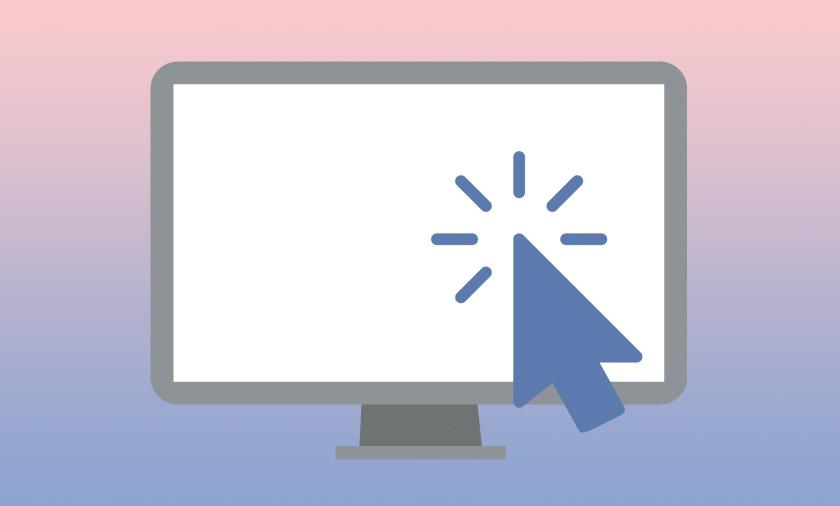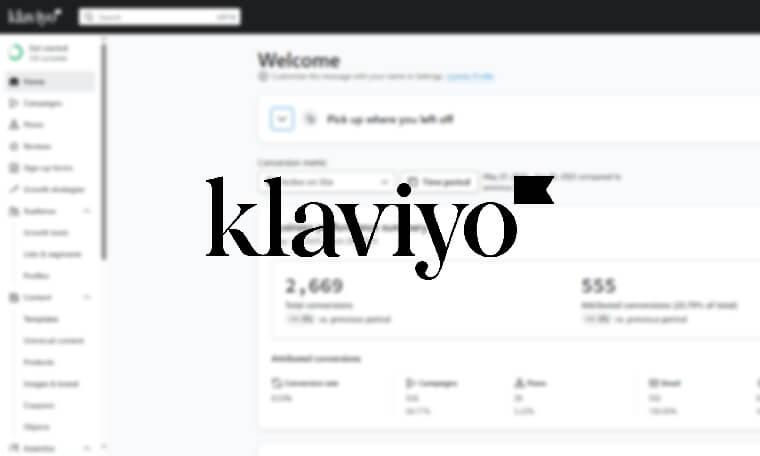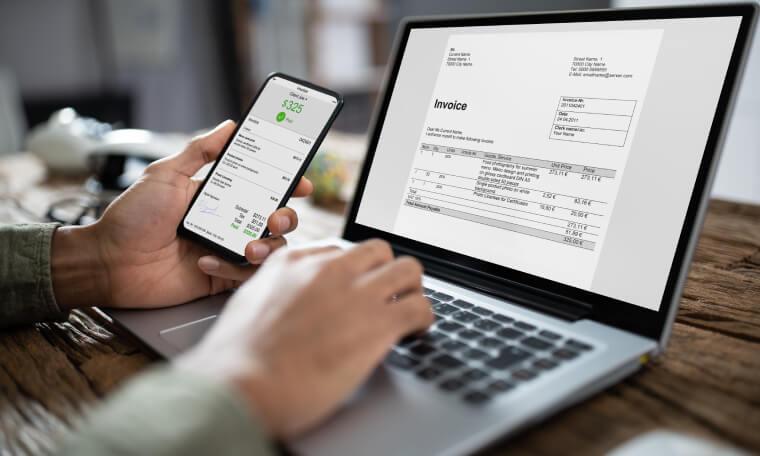What does Conversion Focused Web Strategy actually mean and how can it be delivered
Wednesday, 25th March 2015

Pitches for new client work are always interesting and welcomed.
A lot of effort goes into them at our end and also at the potential customer end in writing the brief we are responding to.
During a recent presentation I said that one of the benefits of using Edward Robertson was that we deliver a “Conversion Focused Web Strategy”. The Chairman of the meeting held me to account on that phrase, and rightly so, because it is a key ingredient of success to a web project.
And that got me thinking that maybe I would blog about what it means and one of the ways it is delivered.
So by working through website objectives with our customers we come up with a series of Goals that we want to happen. We persuade, nudge and guide website users (visitors) to an Event through a Call To Action.
The Event is the visitor reaching the Prospectus Download page (for example). They then fill out the form and reach a Thank You page. By going through the journey the visitor reaches the Thank you page and the Goal is converted. So a good way to see the difference between an Event and a Goal is that your Goal is fulfilled when you have recorded some customer data. You can then not only look at conversion rates but also remarket to those visitors later too - either via Google ReMarketing, Trigger Emails or Standard Emails.
Understanding which goals are more or less important to you is at the heart of efficiently delivering a Conversion Focused Web Strategy. By identifying your Key Performance Indicators (KPIs) (which you have distilled from your objectives) and then ranking them - you can decide Your Calls to Action and then onwards to Events and Goals. I always try to segment these Goals into Primary and Secondary to help give clarity. For example downloading a prospectus and arranging a visit from the same Event page would be a Primary Goal - the visitor has a real resolve (goal) to engage with your service / product. A Secondary Goal would be perhaps downloading a white paper - more of a research step.
You can easily set up a Goal in Google Analytics by following the steps below. And from there you can segment your visitors and analyse why some segments convert better than others. This can then feedback into changing your Event page, Calls to Action or both - so that you can build a successful Conversion Focused Website.
Some Very Short You Tube videos (2-3 mins each)




